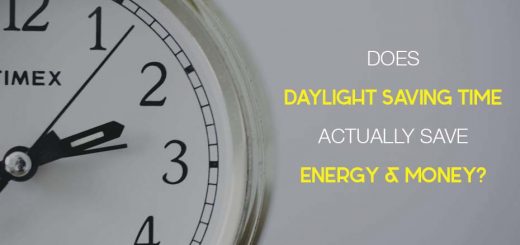Are LED Lights a Fire Hazard?
Are LED lights a fire hazard? Are they as dangerous as incandescent or fluorescent light bulbs? With an average of over 50,000 electrical house fires in the US per year according to the Electrical Safety Foundation International (ESFI), this is both an alarming and important question.
Fortunately, it’s also a relatively easy one to answer – yes, LED light bulbs present a certain fire hazard but they are still multiple times safer than any incandescent and fluorescent light bulbs. More importantly, if you install your LED lights adequately and follow the basic recommended precautions, the risk of an electrical fire should be practically zero.
But, to elaborate a bit further, let’s go over this topic step-by-step.
Can light bulbs start fires and how?
There are two main ways a light bulb of any type can cause a fire – 1) by igniting something flammable with the external heat the bulb generates and 2) by causing an electrical fire in the lighting fixture’s wiring. So, let’s examine these two scenarios separately.
Can a LED light bulb start a contact fire?
For a light bulb of any kind to start a “contact fire” it has to reach a fairly high temperature and be close to something that’s easily flammable such as a curtain, a drape, a dry flower, or something similar.
This type of fire hazard is fairly common for incandescent and fluorescent light bulbs as they tend to get really hot as they work. An incandescent light bulb, for example, easily reaches temperatures of up to 216℃ (420oF) after just ~3 minutes of work. How much heat do LED lights generate in the same period of time? About 32.6℃ (91oF) on average. And while that’s not an insignificant number, causing a contact fire with such temperatures is very difficult, especially on accident.
So, under normal circumstances, LED lights are almost impossible to start a contact fire with.
Can a LED light bulb start an electrical fire in the fixture’s wiring?
This problem is indeed possible with a LED light although it’s still much less likely than with standard incandescent or fluorescent bulbs. LED lights have heat sinks that absorb and reduce the heat generated and they also have drivers that make sure the right amount of electricity is provided.
But, even with safeguards such as these, if the LED light is of too high of a wattage for its fixture, if it’s not installed properly, if it’s of low quality, or if the fixture is inadequate, electrical issues are possible.
To avoid this, make sure that the bulb is of high quality and that it’s UL or ETL listed. Also, make sure that the bulb is of the right wattage for its lighting fixture and that the heat dispersion system of the fixture isn’t obstructed (avoid enclosed fixtures).
Is LED light strip fire hazard an issue?
The question of “Are fairy lights a fire hazard?” is different but also very important, especially around holidays like Christmas. Strip lights work the same principle as standalone bulbs but because they are connected on the same circuit, they do generate more heat. The bulbs’ heat sinks should still absorb enough of it to prevent contact fires but electrical fires are more likely with light strips than they are with individual bulbs.
What can be done about this? Again, the main thing is to make sure that the circuit is installed properly and that there isn’t anything out of order. After that, just don’t leave the light strip on for longer than it needs to be and never leave it unattended. That, plus regular maintenance should be enough to avoid all possible issues.



